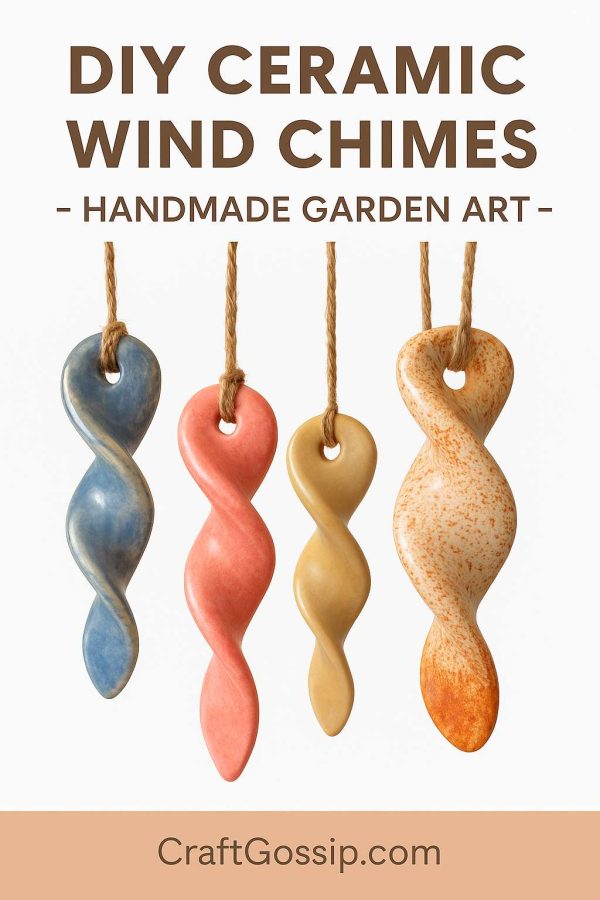It depends on what you’re using it for. If you want to make rolled candles, beeswax is best because it’s more malleable than paraffin. Spiral candles are fun and easy to make. You just warm a beeswax sheet a little until it softens and then cut the sheet into a triangle, place the wick along the edge and roll. Beeswax
generally requires a thicker wick than those used with paraffin.
Paraffin is an inexpensive wax and easy to work with. You can purchase it in slabs, beads or pellets.
Soybean wax is gaining in popularity because it’s less sooty and safer for animals and children. It also burns longer than paraffin and is easier to clean up. There is a blend called Para-Soy wax
which is a 70/30 blend of soy and paraffin.
Candle gel is very pretty and because it is translucent you can display decorative objects inside of your candle. It also burns slower than paraffin. Candle gel is mineral oil made into a gel with the addition of a polymer similar to vybar which is a common additive for candles.
Bayberry is an expensive type of wax that comes from bayberries. It’s a hard wax with a strong smell that burns well.
Howtmakecandles.info goes into the various types of wax in greater detail. They also have a lot of interesting historical trivia such as the fact that William Proctor was a candle maker and James Gamble was a soap maker.
What’s your favorite wax? I haven’t tried them all and surely have missed one.
